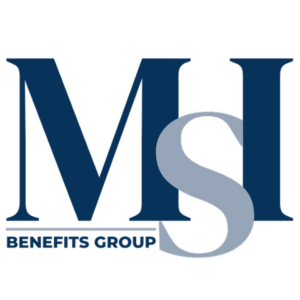In today’s fiercely competitive job market, attracting and retaining top talent has become a growing challenge for many employers. To stand out, companies are increasingly turning to a powerful approach: customized employee benefits. The days of uniform benefit packages are rapidly fading, as more businesses adopt personalized offerings that cater to the specific needs of their diverse workforces. This trend, often referred to as the Personalization Mandate, is revolutionizing how employee benefits are structured and is proving to be a critical factor in improving employee retention.
The Transformation of Employee Benefits
Historically, employee benefits have centered around standard provisions such as health insurance, retirement savings, and paid leave. While these traditional benefits remain important, they no longer fully address the varied and evolving preferences of today’s workforce. Employees now come from a wide range of backgrounds, generations, and life circumstances, making it essential for employers to adopt a more tailored benefits approach.
Why Personalization Matters
Personalized employee benefits involve crafting and offering packages that reflect the distinct needs of individual employees. This approach acknowledges that each worker has unique priorities. For example, a recent graduate may prefer help with student loans, while a parent may value flexible work schedules or access to childcare services.
Key Factors Driving the Personalization Movement
- Workforce Diversity: With employees spanning various generations, cultures, and stages of life, personalized benefits ensure that everyone feels supported.
- Shifts in Work Models: The rise of remote and hybrid work environments has shifted employee expectations, with more emphasis on benefits that promote work-life balance and mental well-being.
- Technological Advancements: Technology has made it easier for employers to gather data on what employees want, enabling them to tailor benefits more effectively.
The Impact on Employee Retention
The connection between personalized benefits and employee retention is clear. When employees feel that their individual needs are met, they are more likely to remain loyal to their employer. Here are a few ways personalized benefits can enhance retention:
- Higher Job Satisfaction: Offering benefits that align with personal priorities can lead to greater job satisfaction, making employees less inclined to seek opportunities elsewhere.
- Increased Engagement: Personalized benefits show employees that their employer values them, which fosters engagement and loyalty.
- Better Work-Life Balance: Customized offerings, such as flexible schedules and mental health resources, help employees balance their work and personal lives, reducing burnout and turnover.
- Talent Attraction: A company offering personalized benefits becomes more appealing to prospective employees, contributing to a committed and high-performing workforce.
Implementing a Personalized Benefits Strategy
To effectively introduce personalized benefits, companies can take several steps:
- Survey Employees: Regularly gather feedback from employees to better understand their needs and preferences, and use this information to shape benefits packages.
- Segment the Workforce: Create distinct employee groups based on factors like age, role, or life stage, and tailor benefits to suit the specific needs of each segment.
- Leverage Technology: Use digital platforms that allow employees to choose from a variety of benefit options, enabling them to create a package that suits their circumstances.
- Clear Communication: Ensure that employees are fully aware of the personalized benefits available to them and understand how to take advantage of them.
- Ongoing Evaluation: Continuously assess the effectiveness of benefit offerings and make adjustments based on employee feedback and evolving needs.
Success Stories: Companies Leading the Way
Case Study 1: Tech Innovator
A leading technology firm utilized data analytics to gain insight into employee preferences and rolled out a flexible benefits program. Employees could select from options such as wellness initiatives, career development programs, and remote work opportunities. This personalized approach led to a 20% boost in employee satisfaction and a 15% decrease in turnover within a year.
Case Study 2: Financial Services Leader
A financial services company, recognizing the unique needs of its diverse, multigenerational workforce, launched a benefits platform that allowed employees to customize their benefits. Options included student loan assistance, eldercare support, and wellness programs. This initiative resulted in a notable improvement in retention, particularly among younger employees.
Bottom Line
The shift towards personalized employee benefits is reshaping the way organizations approach their workforce’s needs. By offering benefits tailored to individual preferences, companies can significantly improve retention, build a more engaged workforce, and attract top talent. For firms like MSI Benefits Group, helping clients navigate this trend and implement effective personalized benefit strategies will be crucial to fostering long-term success in a rapidly changing job market.

